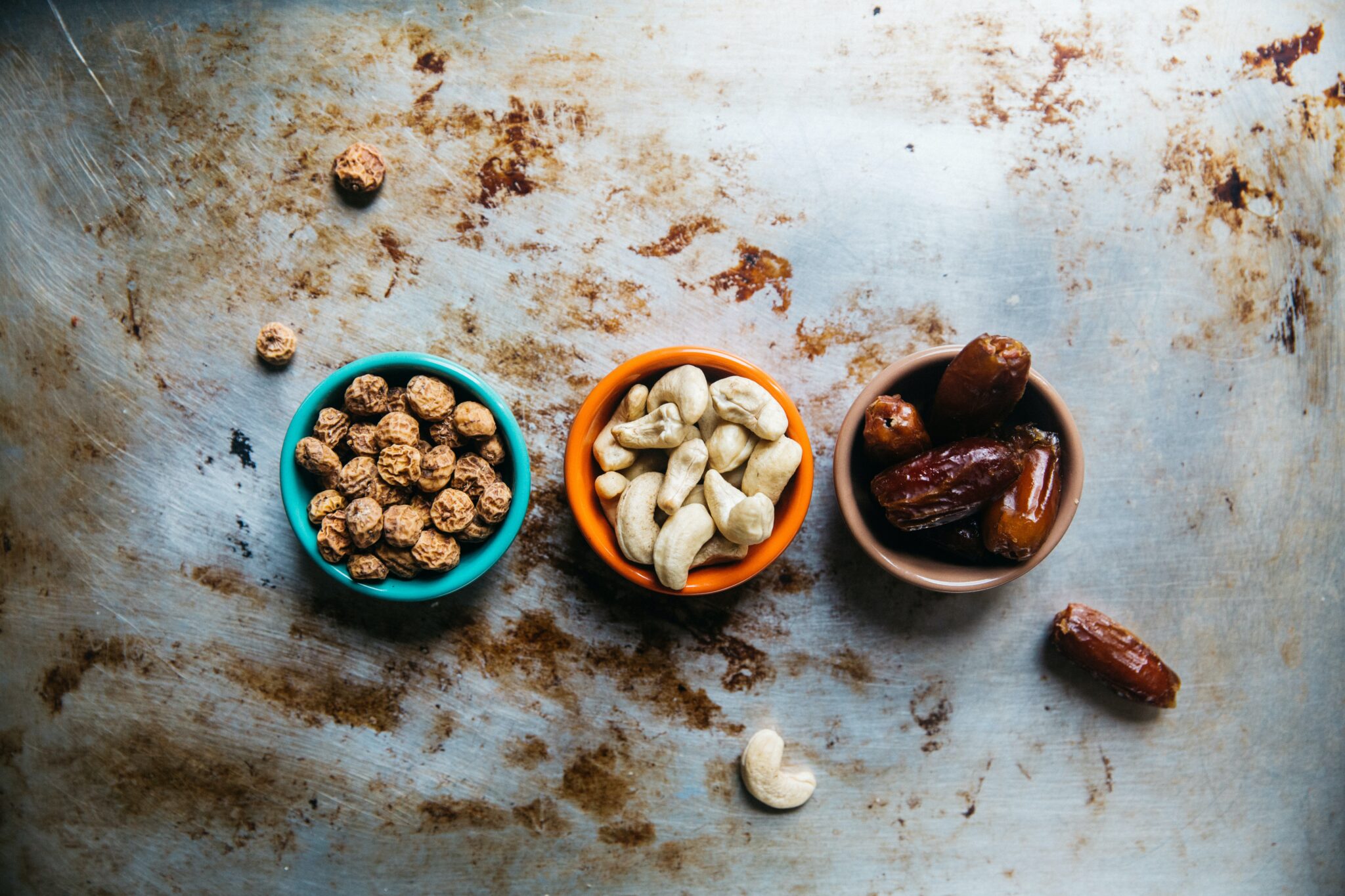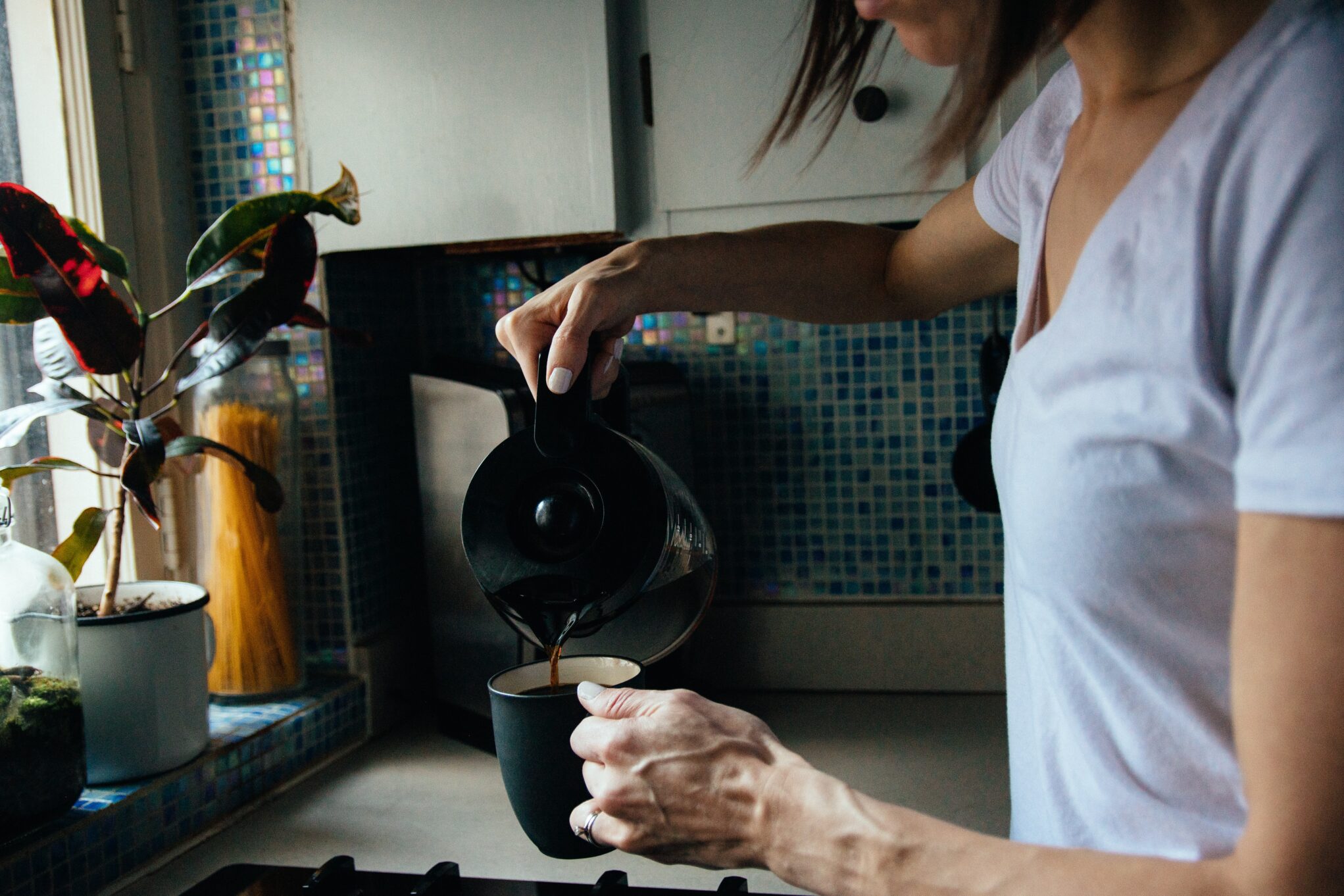Gluten-free eating isn’t new: people diagnosed with celiac disease have been eating without gluten for years. However, the surge in numbers choosing to eat gluten-free is significant.
This may be due to people wanting to eat less wheat/grains – or because of symptoms that could indicate a gluten intolerance, e.g. bloating, indigestion, gas, unexplained rashes, weight gain or loss.
And even if we’re not personally affected by these reactions, we may need to serve gluten-free alternatives to family and friends who are.
Supermarket freezers and shelves offer packages of ready-made gluten-free products – breads, crackers, cookies, cereals, bars, condiments – which are tempting in a time crunch. They’re usually pricey – and many of them have a long list of ingredients that include “extras” in sugar, salt, fats and preservatives. Also, the “gluten-free” label is sometimes attached to foods that wouldn’t (or shouldn’t) ordinarily contain gluten anyway (like ice cream), as a marketing tool to get you to buy it – and eat it – because it’s gluten-free!
PREPARING FOODS FROM SCRATCH, USING REAL FOOD PRODUCTS, IS REALLY THE HEALTHIEST WAY TO GO.
Savoury dishes (soups, salads, main dishes) can be quite easily switched to gluten-free options: e.g.
- rather than thickening a sauce with flour, use tapioca starch
- substitute brown rice for barley
- use brown rice or buckwheat soba noodles instead of wheat pasta
- quinoa and millet are verstile gluten-free grains for salads and main dishes – breakfast too! Cooking instructions:
- similar to rice: is necessary to rinse these grains well before cooking (especially quinoa which has a bitter-tasting coating that can cause digestive upset when consumed). Add a pinch of sea salt to cooking water for flavour.
- Quinoa: cook 1 cup to 1 3/4 cups water, for 15-20 minutes.
- Millet: cook 1 part grain to 2 – 2.5 parts water depending on how fluffy you like it. Simmer until the water is absorbed: about 30-35 minutes.
- carefully read labels on condiment bottles, cans, packages, seasonings, etc. to ensure they’re gluten-free. Be suspect of “stabilizers, natural {anything!}, spices, etc.” and when in doubt – especially important for celiacs – contact the company directly and ask them.
- dressings and sauces made from scratch don’t necessarily have to be complicated or time-consuming: e.g.
- balsamic vinaigrette* – 4 Tbsp extra virgin olive oil, 3 Tbsp balsamic vinegar, 1 Tbsp maple syrup, 2 tsp Dijon mustard, 1 tsp gluten-free tamari (soy sauce). Place all ingredients in jar with tight-fitting lid and shake until thoroughly blended.
(*Courtesy of The Whole Life Nutrition Cookbook – this excellent resource for whole foods recipes is available for purchase at Cornerstone Naturopathic.)
Gluten-free baking requires some experimenting – for texture and taste– and an adjustment in expectations, as gluten-free flours and grains don’t perform in the same way as those containing gluten.
- the Bob’s Red Mill brand carries an extensive line of gluten-free baking products; available in health food stores and many supermarkets
- gluten-free mixes can also be made from scratch: e.g.
- baking mix: 3 cups brown rice flour, 1 cup garbanzo bean flour, 1 cup potato starch, 1/2 cup tapioca flour
- corn-free, gluten-free baking powder mix: 1 part baking soda, 2 parts cream of tartar, 2 parts tapioca starch (or arrowroot powder)
- gluten-free yeast breads are the trickiest baked goods to substitute for gluten products
- try blending at least two gluten-free flours for best nutrition and texture, with brown rice flour often used as one of these
- some flours have more “assertive” flavours, some flours are more starchy, etc.
- gluten-free flours don’t do well with lots of mixing; a sour dough starter is often chosen over yeast – skill and perseverance required!
Gluten-free Banana Trail Mix Loaf
1/2 cup tapioca starch
1 1/2 cup sorghum flour
1 tsp gluten-free baking powder
1/2 tsp baking soda
1/4 tsp sea salt
1/4 cup coconut sugar (can substitute with Sucanat or organic sugar)
1/4 cup dates, roughly chopped
1/4 cup sunflower seeds
1/4 cup chocolate (or carob) chips
1/2 cup chopped walnuts
2 over-ripe bananas, mashed
1 cup milk (soy, coconut, rice, dairy)
1 tsp vanilla extract
2 eggs, lightly beaten
2 tbsp coconut oil
Preheat oven to 375 degrees. Lightly oil loaf pan and set aside.
Mix dry ingredients together in large bowl.
Whisk together wet ingredients in separate bowl and add to dry ingredients. Stir until just combined and pour into prepared pan.
Bake for 50-55 minutes, or until knife inserted comes out clean. Let cool in pan for 5 minutes, then remove and place on baking rack to cool completely before slicing.
(recipe credits to http://www.terraverdewellness.com/nutrition-and-recipe-blog.html. The author suggests if you want a vegan substitution, use 2 tablespoons flax seed + 6 tablespoons of water and increase the oil to 4 tablespoons.)
Gluten-free may mean eating less bread. That can be a good thing – healthy ideas for alternatives:
- eat a cornmeal muffin with your eggs for breakfast
- think of your lunch/salad as an open-faced “sandwich” – a bed of greens as the “slice of bread” on which you layer chopped veggies, grated cheese or hard-boiled eggs, cooked beans, nuts, seeds, etc.
- a smoothie with fruit and yogurt or almond milk is a great snack
- stir-fried chicken and veggies over quinoa or brown rice makes a tasty evening meal.
- buckwheat salad – gluten-free and a handy make-ahead meal, http://www.realfoodmatters.ca/node/42
Informative gluten-free resources are available (websites, books, etc), however if you’re interested in personal help regarding the gluten-free challenge for you or others, you are welcome to contact me through my website, http://www.realfoodmatters.ca.
 Karen Toews is a holistic nutritionist with a passion to help people manage their health using real food nutrition and a healthy lifestyle. She lives with her husband on Nova Scotia’s South Shore, where she works as a nutrition consultant and educator. Karen writes a blog and works online through her website, (http://www.realfoodmatters.ca)
Karen Toews is a holistic nutritionist with a passion to help people manage their health using real food nutrition and a healthy lifestyle. She lives with her husband on Nova Scotia’s South Shore, where she works as a nutrition consultant and educator. Karen writes a blog and works online through her website, (http://www.realfoodmatters.ca)





